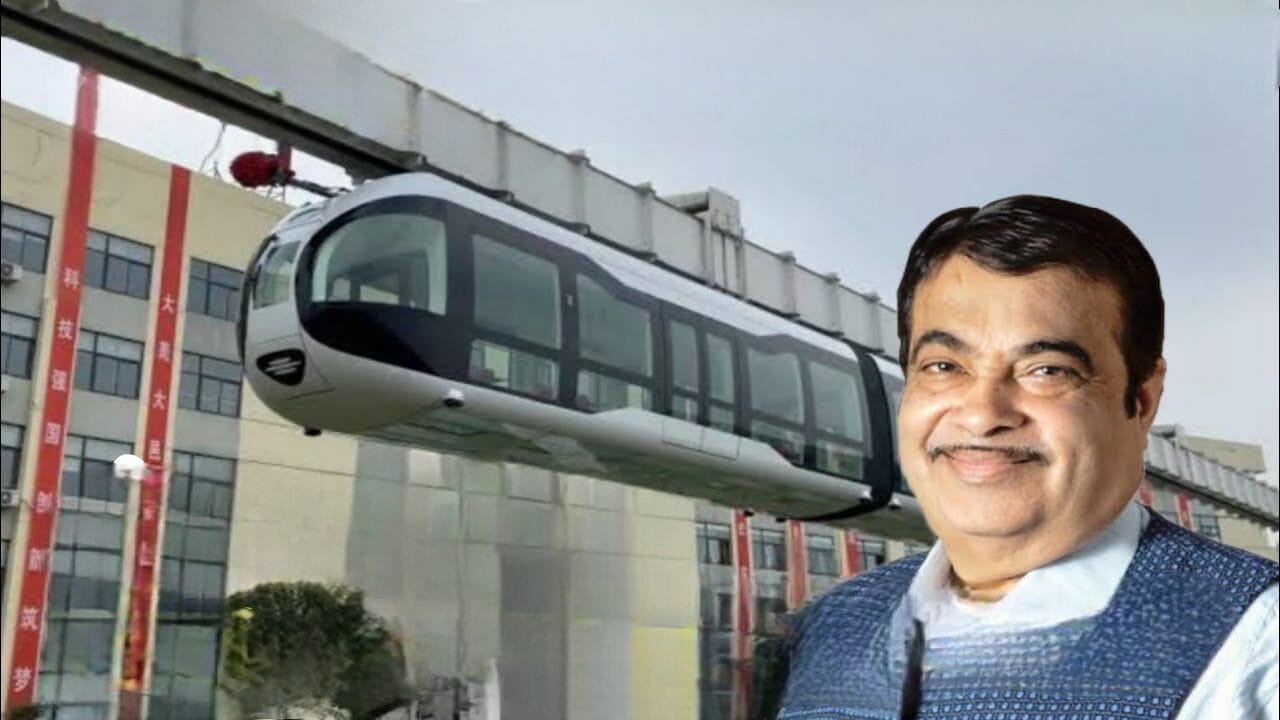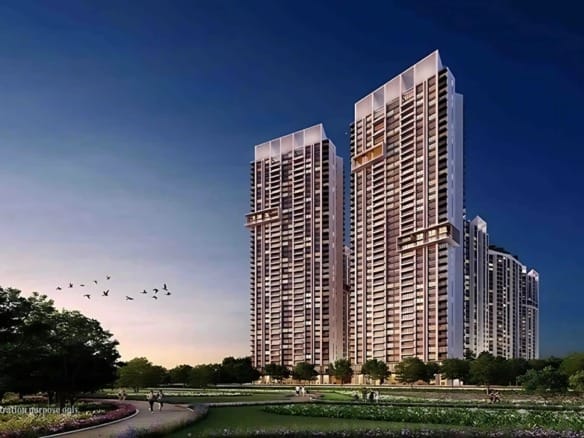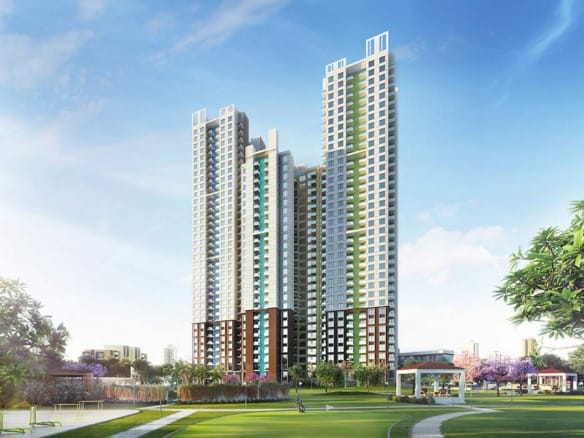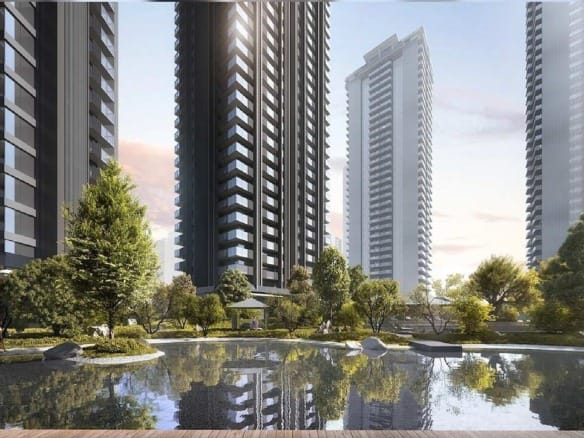In a move that could transform urban commuting between Delhi and Gurgaon, Union Minister for Road Transport and Highways Nitin Gadkari has unveiled an ambitious proposal: a “Flying Bus” corridor connecting Dhaula Kuan to Manesar. This visionary transport plan is aimed at tackling the chronic traffic congestion that plagues one of the busiest stretches in the National Capital Region (NCR).
What Is a Flying Bus?
While the term “flying bus” might evoke images of futuristic, airborne vehicles, the concept is rooted in elevated electric mobility. Though official specifications have not been revealed yet, such systems generally refer to high-capacity electric buses operating on elevated corridors, above existing road traffic. This could mean electric pods, trackless trams, or guided transit systems running on dedicated sky-level infrastructure, akin to metro but with reduced construction time and cost.
If implemented, this would be the first-of-its-kind aerial mass transit system in India—combining the speed of metro systems with the flexibility of bus routes.
The Gurgaon–Delhi Bottleneck
The Dhaula Kuan–Manesar corridor is notorious for its unrelenting traffic snarls, particularly during peak hours. The stretch, vital for daily commuters, connects Delhi to major corporate hubs in Gurgaon and industrial areas in Manesar. Despite multiple flyovers and the presence of NH-48, the route often experiences slowdowns due to high vehicular density, bottlenecks, and unpredictable traffic behavior.
Gadkari’s plan could dramatically reduce travel time, decongest roads, and also cut down carbon emissions—especially if powered by renewable energy.
A Glimpse into the Proposed Infrastructure
Though in its early stages, the project is likely to include:
- Dedicated elevated corridors running parallel to NH-48
- Electric or hybrid-powered buses/pods
- Minimal land acquisition, thanks to elevated structures
- Smart ticketing and real-time monitoring systems
Gadkari also hinted that the technology may be inspired by global urban mobility models—particularly those seen in China, Germany, and the UAE, where overhead electric transport systems are being actively explored.
Sustainability and Urban Planning Impact
This initiative is aligned with India’s larger vision of smart, green, and sustainable cities. As Delhi-NCR continues to urbanize rapidly, traditional road-based infrastructure is proving insufficient. Elevated electric transit systems offer a low-emission, space-efficient alternative that complements existing metro and road networks.
Beyond traffic decongestion, benefits include:
- Lower noise pollution
- Increased fuel efficiency
- Job creation during infrastructure development
- Boost in real estate along the transit corridor
However, given the urgency of traffic relief and environmental concerns, public sentiment may lean positively if the government ensures transparency, quality, and timely delivery.
What It Means for the Future of Indian Mobility
Gadkari’s announcement is more than a headline—it’s a symbol of India’s transportation leap forward. From expressways to EV highways and now aerial buses, the Ministry of Road Transport is reimagining how Indians move.
If the Dhaula Kuan–Manesar flying bus corridor succeeds, it could become a template for other congested cities like Mumbai, Bengaluru, and Hyderabad, where elevated rapid transit could provide an efficient alternative to land-hungry metro networks.
With this futuristic step, the government is not just planning for the present, but investing in a next-generation urban mobility experience. While the road ahead may be long, the destination—a decongested, sustainable, and smart Delhi-NCR—is worth striving for.
Stay tuned as this project develops, and Delhiites—your skyward commute might just be closer than you think.




